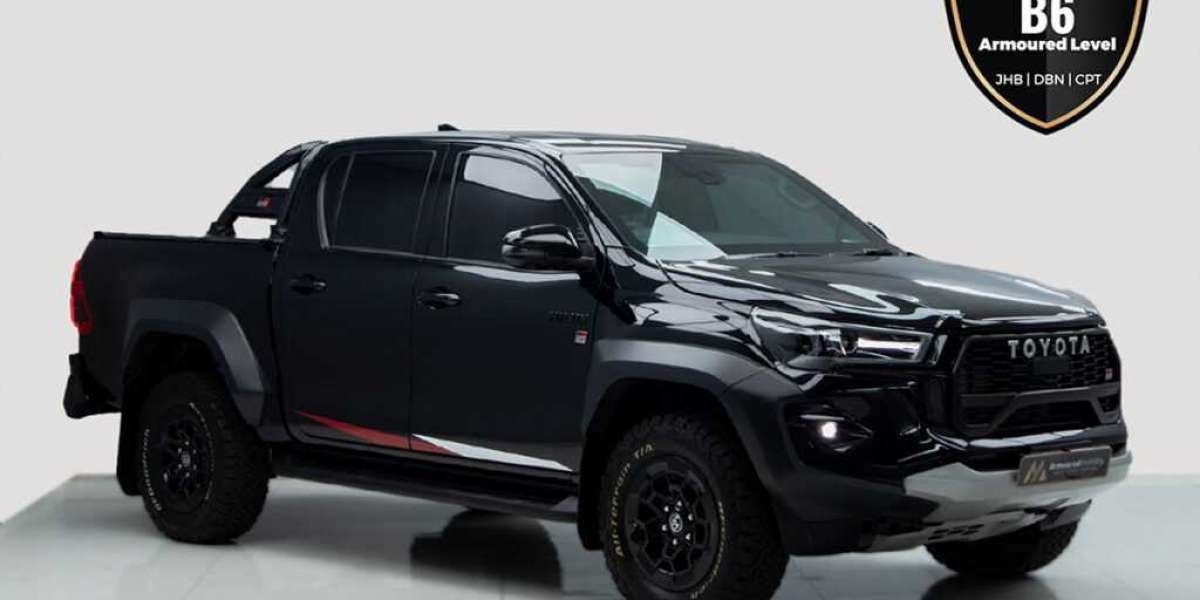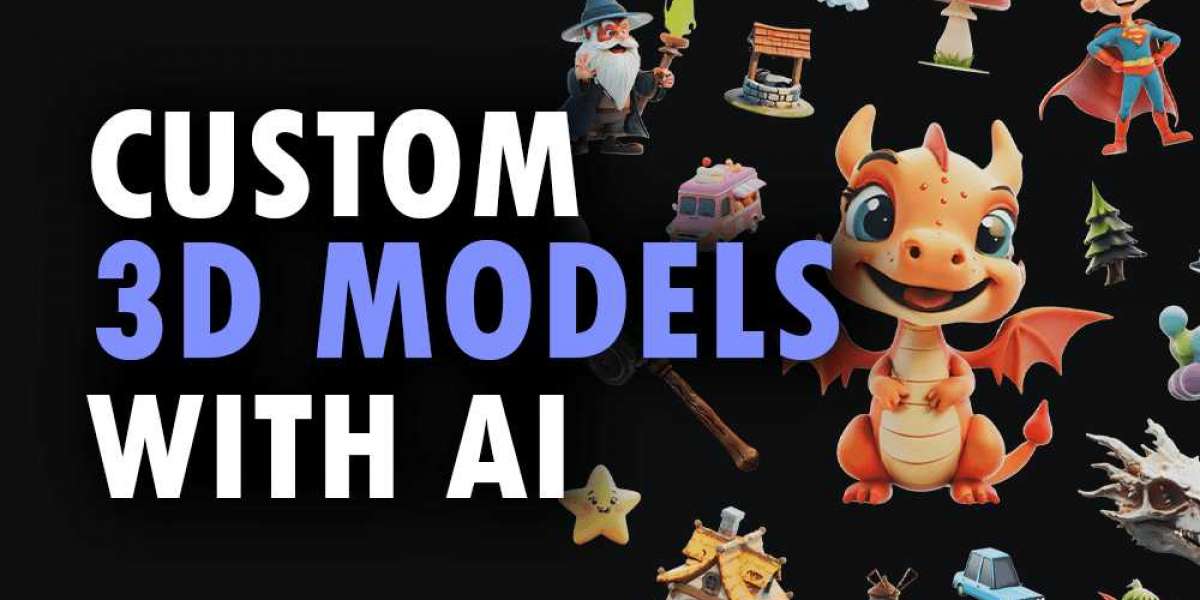Website design can make a big difference in your company's online presence. If you're looking to create a professional website that will help grow your business, there are a few things you should consider. Here are six of the most important tips for your website:
Ask for honest feedback
Asking for honest feedback on your website design is not only a good idea, but it also has the power to improve your digital marketing efforts. After all, if you don't get input from a qualified third party, your website could be doomed to fail. However, there are a few things to consider before you make that all important phone call.
The most important thing to remember is to be clear about what you want to accomplish. Ideally, the goals of your website should be crystal clear to the design team. That way, they can tailor their designs to your unique requirements.
It's also a good idea to give the team a chance to provide you with feedback. By allowing them to see how you are reacting to their suggestions, they can better advise you on how to proceed. For instance, if you have a particularly difficult navigational problem, it might be time to revisit your menu structure.
To be sure, asking for feedback is not easy. You have to be prepared to listen, and be ready to engage in an open discussion. This can be difficult for an experienced designer. Still, you'll be surprised at what you'll learn. And it's worth it in the end.
Asking for an honest review is the best way to ensure that web design is on track to success. A little time and effort can go a long way towards giving you the input you deserve. Ultimately, a quality review can help you make your web presence more effective, and more memorable. Whether you need to make a few changes or you're ready to roll out an entirely new site, getting the team's input is the best way to guarantee a happy client.
Keep your audience in mind
When you're designing a website, it's important to keep your audience in mind. The goal is to make sure you're offering a good user experience. If your site isn't user-friendly, you'll lose leads. So it's a good idea to do a little research before you start.
Fortunately, there are a number of things you can do to help make your design work for you. Start by creating a user persona, a representation of your typical customer. It should include their name, age, profession, and some background information. Once you have a basic profile, you can begin evaluating your site's features.
A good way to do this is to use a heat mapping tool. This helps you see which parts of your site get the most attention, and how users interact with them. You can also use this to determine what areas of your site need improvement.
Another helpful trick is to conduct split testing. By dividing your audience into different user groups, you'll be able to test different layouts and features to see which one works best for each group. In addition, you'll get a feel for what your audience is looking for on your website.
Lastly, keep your audience in mind when you're writing content. Whether you're writing a blog post or writing a sales page, your content needs to be optimized to suit the specific needs of your target audience.
Creating a website with your audience in mind is not only beneficial for your business, but it's also a good way to showcase your brand. Keep in mind that the web is a global medium. Many audiences use smartphones to browse the internet, so you'll need to ensure that your website is mobile-friendly.
Create a Frequently Asked Questions (FAQ) page
Creating a FAQ page is a good way to provide customers with answers to common questions. It can also bring new traffic to your website and make it look more professional. This is why it is important to keep your FAQ page fresh and updated.
Before creating a FAQ, consider what the customer's needs are. For example, if you're building a website for a new product, anticipate the kinds of questions that customers are likely to ask. You can do this by conducting keyword research.
Your FAQ page should include a search bar so users can easily find the information they need. Adding visuals such as screenshots can also help your customers understand the answer.
To keep your FAQ fresh, you should update it when you add or change products. Also, it's good to revisit your data from previous customer support cases. Using these insights can inform your product strategy.
You can add a FAQ page to your website's navigation menu or footer. Adding a search bar is a good idea, but you should also make sure that your questions are concise and organized. Having a lot of text can be confusing.
Another way to make your FAQ more appealing is to use fun themes. You can use colors and fonts that are associated with your brand. A graphical design is often preferred by consumers. Add screenshots of how a customer can cancel an order, how to reset their password, or how to change their account information. Including these visuals can make your FAQ page more helpful and attractive to readers.
Keeping your FAQ page up to date can give your customers a great experience. Moreover, it can provide insight into how your site is being used and what problems customers are experiencing.
Consider a responsive web design
If you want to ensure that your website works on all platforms, you should consider a responsive web design. These sites adapt to the user's device and scale content and graphics to fit. The result is a more user-friendly experience.
Responsive design uses fluid grids, media queries, and flexible text. Each element is scaled proportionally. This means that the images on your site will automatically resize to match the size of your browser.
Aside from looking great on different devices, responsive designs can help boost your search engine rankings. Google drives 96% of mobile search traffic. You can also benefit from increased sales.
Whether you're designing a new site or redesigning an existing one, consider a responsive design. It can make your audience feel special. Your website will have the best look and feel, attracting more visitors.
One of the biggest challenges with designing a website is getting the right size for images. Some devices have a higher pixel per inch than others, and may require a larger image to be displayed properly.
There are many ways to solve the problem. A common technique is to use CSS max-width. However, this may not be suitable for all devices. Using a picturegt; element can also allow you to choose the right image resolution for your devices.
Another option is to use a column drop pattern. This allows your content to be resized in an efficient way. For example, the date of your blog post moves with the available horizontal space.
Finally, don't forget about internal testing. Getting feedback from users is vital. While it's tempting to test on a desktop or laptop, you'll also need to test on a mobile device to see how well your responsive website performs.
Use animations
When used correctly, animations can be a powerful tool in your website design. They can tell a story, create a compelling user experience, and even draw attention to your site. However, there are a few things to consider before adding an animated element to your website.
First, you'll want to choose your animations wisely. Animations can be used to create a whole page motion or to highlight certain elements. It's important to consider the type of information your visitors will be looking for and use animation to meet that need.
Secondly, you'll want to make sure your animations aren't a distraction. A lot of websites use animation to create visual flair, but this can be distracting to your visitors.
Finally, you'll want to consider your animations' impact on loading times. The speed at which your pages load can affect your search rankings and increase your bounce rate. You don't want to be losing customers because your site takes too long to load.
Animations can also be used to guide users through your site. They can help guide them to different parts of your site or show the steps of a complex process. In addition to this, they can also be used to create subtle UI effects.
Another consideration is the way your animations affect your web hosting. For example, when a user is looking for an item on a menu, the menu item might overlap the screen. This can make it difficult to navigate through the page. Instead, you can try implementing a hover box effect, which shows more information when a visitor's mouse is over the item.
Lastly, you need to ensure that your website's animations complement your existing content. If you're trying to highlight a particular point, a simple shake or image shake can be a good way to do so.







